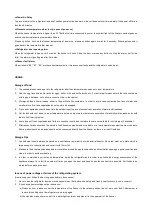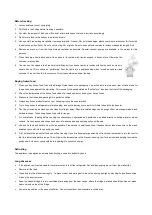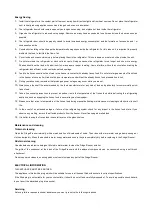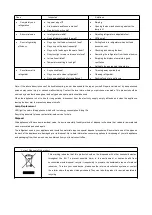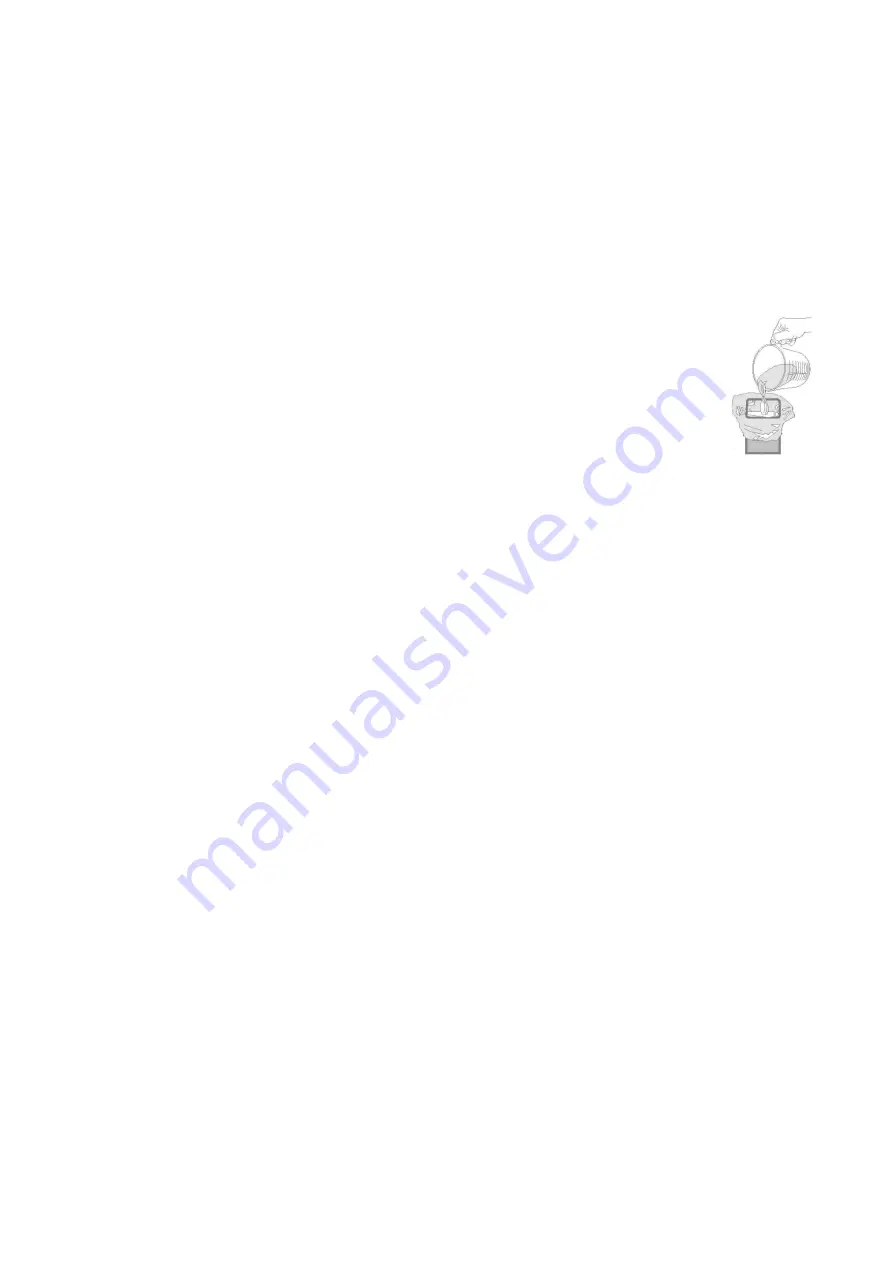
Before freezing
1.
Let cooked food to cool completely.
2.
Chill food in the Fridge before freezing if possible.
3.
Consider the amount of food you will cook at a time and freeze the food in portions accordingly.
4.
Do not store food in the freezer in metal containers.
5.
Use special Freezer bags available from supermarkets, Freezer film, polythene bags, plastic containers, aluminum foil for acidic
foods(such as citrus fruits). Do not use thin cling film or glass. Do not use used food containers (unless cleaned thoroughly first).
6.
Remove as much air from the food storage container as possible. Special vacuum pumps are available in the market for this
purpose.
7.
When freezing a liquid leave some free space in its container as liquids expand in frozen state. Otherwise the
container may explode.
8.
You can use the space in the Freezer most efficiently if you freeze liquids (or solids with liquids, such as stew) in
square blocks. This is known as “performing” Pour the liquid into a polythene bag which is inside a square sided
container. Freeze it like this, then remove it from the container and seal the bag.
Buying frozen food
1.
When you buy frozen food, look at the Storage Guidelines on the packaging. You will be able to store each item of frozen food for
the period shown against the star rating. This is usually the period stated as “Best before”, found on the front of the packaging.
2.
Check the temperature of the frozen food cabinet in the shop where you buy your frozen foods.
3.
Make sure the frozen food package is in perfect condition.
4.
Always buy frozen products last on your shopping visit to the supermarket.
5.
Try to keep frozen food together whilst shopping, and on the journey home as this will help to keep the food cooler.
6.
Don’t buy frozen food unless you can freeze it straight away. Special insulated bags can be bought from most supermarkets and
hardware shops. These keep frozen food cold for longer.
7.
For some foods, thawing before cooking is unnecessary. Vegetables and pasta can be added directly to boiling water or steam
cooked. Frozen sauces and soups can be put into a saucepan and heated gently until thawed.
8.
Use quality food and handle it as little as possible. Freeze food in small quantities, it freezes faster, takes less time to thaw and
enables you to eat it in the quantity you need.
9.
First, estimate the amount of food you will be freezing. If you are freezing large amounts of fresh food, remember to turn the control
dial to a lower temperature range. This will lower the temperature in the Freezer, freezing your food quicker and helping to keep the
goodness in. However you should do this sparingly to conserve energy.
Defrosting
This appliance is designed as automatic defrosting, no need to defrost by hand.
Long absences
·
If the appliance will not be used for several months, turn off the refrigerator first and then unplug the unit from the wall outlet.
·
Remove all the food.
·
Clean and dry the interior thoroughly. To prevent odor and mold growth, leave the door open slightly: blocking it open if necessary
or have the door removed.
·
Keep the cleaned fridge in a dry, ventilated place away from the heat source, where the fridge is placed smoothly and do not place
heavy objects on top of the fridge.
·
Use extreme caution in the case of children. The unit should not be accessible to child's play.
Summary of Contents for SC 201B
Page 1: ...0 5 25 75 95 100 ...
Page 11: ...0 5 25 75 95 100 ...














